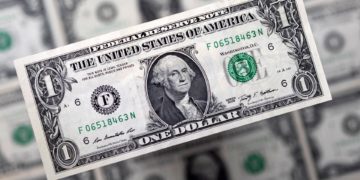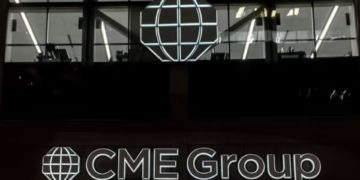Forex trading involves trying to predict which currency will rise or fall versus another currency.
How do you know when to buy or sell a currency pair?
In the following examples, we are going to use a little fundamental analysis to help us decide whether to buy or sell a specific currency pair.
The supply and demand for a currency changes due to various economic factors, which drives currency exchange rates up and down.
Each currency belongs to a country (or region). So forex fundamental analysis focuses on the overall state of the country’s economy, such as productivity, employment, manufacturing, international trade, and interest ratezzzzzzzz.
Wake up!
If you always fell asleep during your economics class or just flat out skipped economics class, don’t worry!
We will cover fundamental analysis in a later lesson.
But right now, try to pretend you know what’s going on…
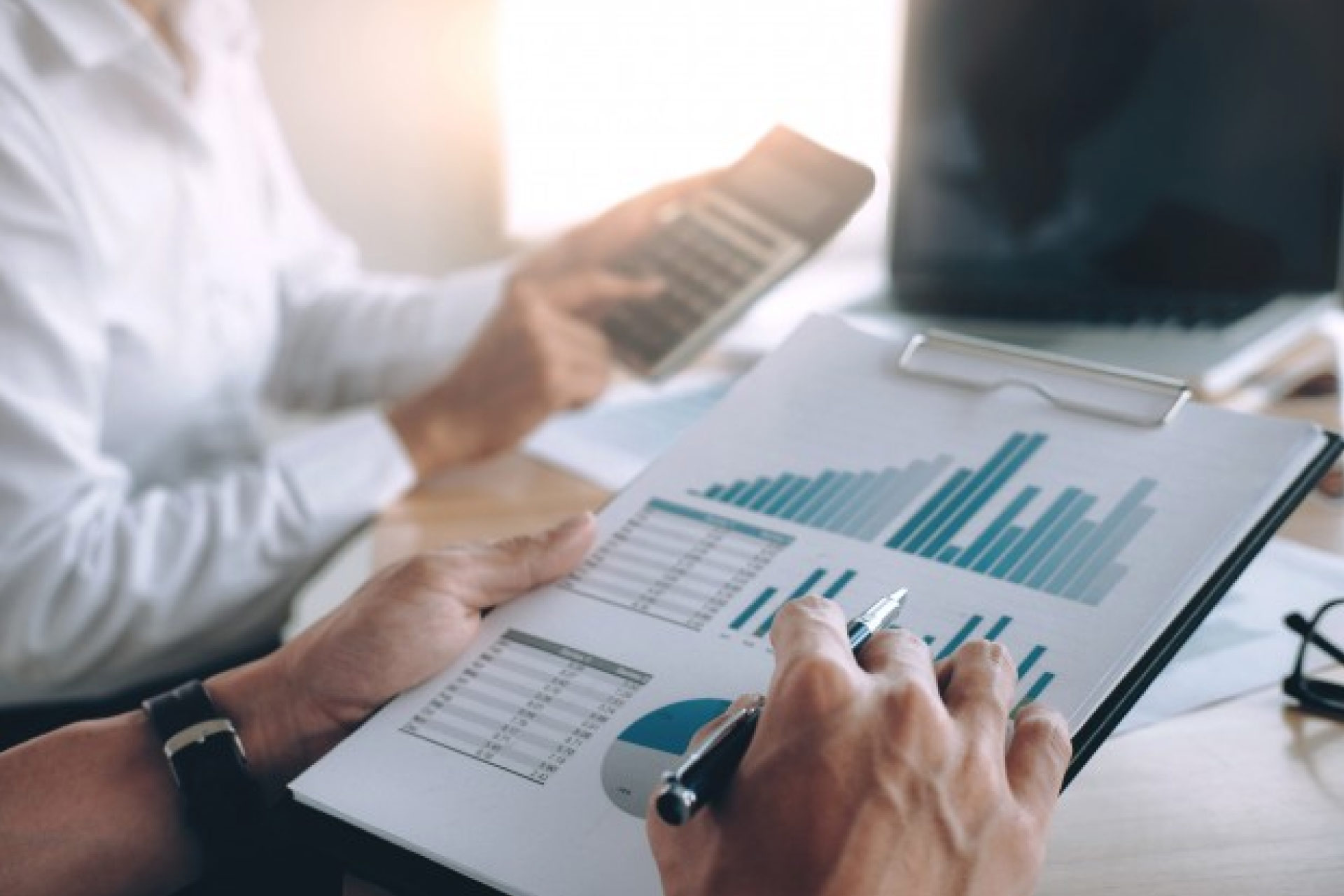
EUR/USD
In this example, the euro is the base currency and thus the “basis” for the buy/sell.
If you believe that the U.S. economy will continue to weaken, which is bad for the U.S. dollar, you would execute a BUY EUR/USD order.
By doing so, you have bought euros in the expectation that it will rise versus the U.S. dollar.
If you believe that the U.S. economy is strong and the euro will weaken against the U.S. dollar, you would execute a SELL EUR/USD order.
By doing so, you have sold euros in the expectation that it will fall versus the US dollar.
USD/JPY
In this example, the U.S. dollar is the base currency and thus the “basis” for the buy/sell.
If you think that the Japanese government is going to weaken the yen in order to help its export industry, you would execute a BUY USD/JPY order.
By doing so you have bought U.S dollars in the expectation that it will rise versus the Japanese yen.
If you believe that Japanese investors are pulling money out of U.S. financial markets and converting all their U.S. dollars back to yen, and this will hurt the U.S. dollar, you would execute a SELL USD/JPY order.
By doing so you have sold U.S dollars in the expectation that it will depreciate against the Japanese yen.
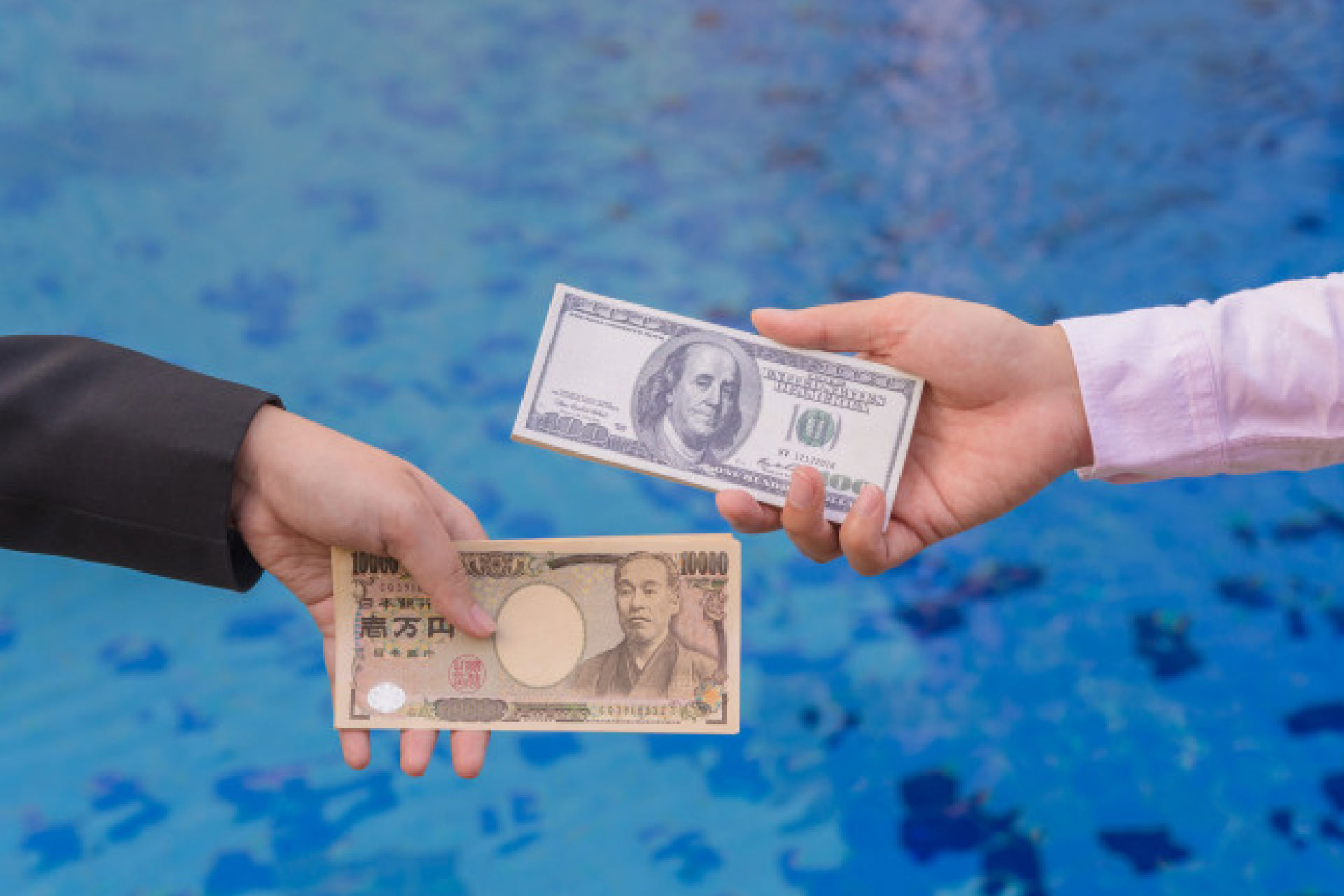
GBP/USD
In this example, the pound is the base currency and thus the “basis” for the buy/sell.
If you think the British economy will continue to do better than the U.S. in terms of economic growth, you would execute a BUY GBP/USD order.
By doing so you have bought pounds in the expectation that it will rise versus the U.S. dollar.
If you believe the British economy is slowing while the American economy remains strong like Chuck Norris, you would execute a SELL GBP/USD order.
By doing so you have sold pounds in the expectation that it will depreciate against the U.S. dollar.
How to trade forex with USD/CHF
In this example, the U.S. dollar is the base currency and thus the “basis” for the buy/sell.
If you think the Swiss franc is overvalued, you would execute a BUY USD/CHF order.
By doing so you have bought U.S. dollars in the expectation that it will appreciate versus the Swiss Franc.
If you believe that the U.S. housing market weakness will hurt future economic growth, which will weaken the dollar, you would execute a SELL USD/CHF order.
By doing so, you have sold U.S. dollars in the expectation that it will depreciate against the Swiss franc.

Trading in “Lots”
When you go to the grocery store and want to buy an egg, you can’t just buy a single egg, they come in dozens or “lots” of 12.
In forex, it would be just as foolish to buy or sell 1 euro, so they usually come in “lots” of 1,000 units of currency (micro lot), 10,000 units (mini lot), or 100,000 units (standard lot) depending on your broker and the type of account you have (more on “lots” later).
Margin Trading
“But I don’t have enough money to buy 10,000 euros! Can I still trade?”
You can! By using leverage.
When you trade with leverage, you wouldn’t need to pay the 10,000 euros upfront. Instead, you’d put down a small “deposit”, known as margin.
Leverage is the ratio of the transaction size (“position size”) to the actual cash (“trading capital”) used for margin.
For example, 50:1 leverage, also known as a 2% margin requirement, means $2,000 of margin is required to open a position size worth $100,000.
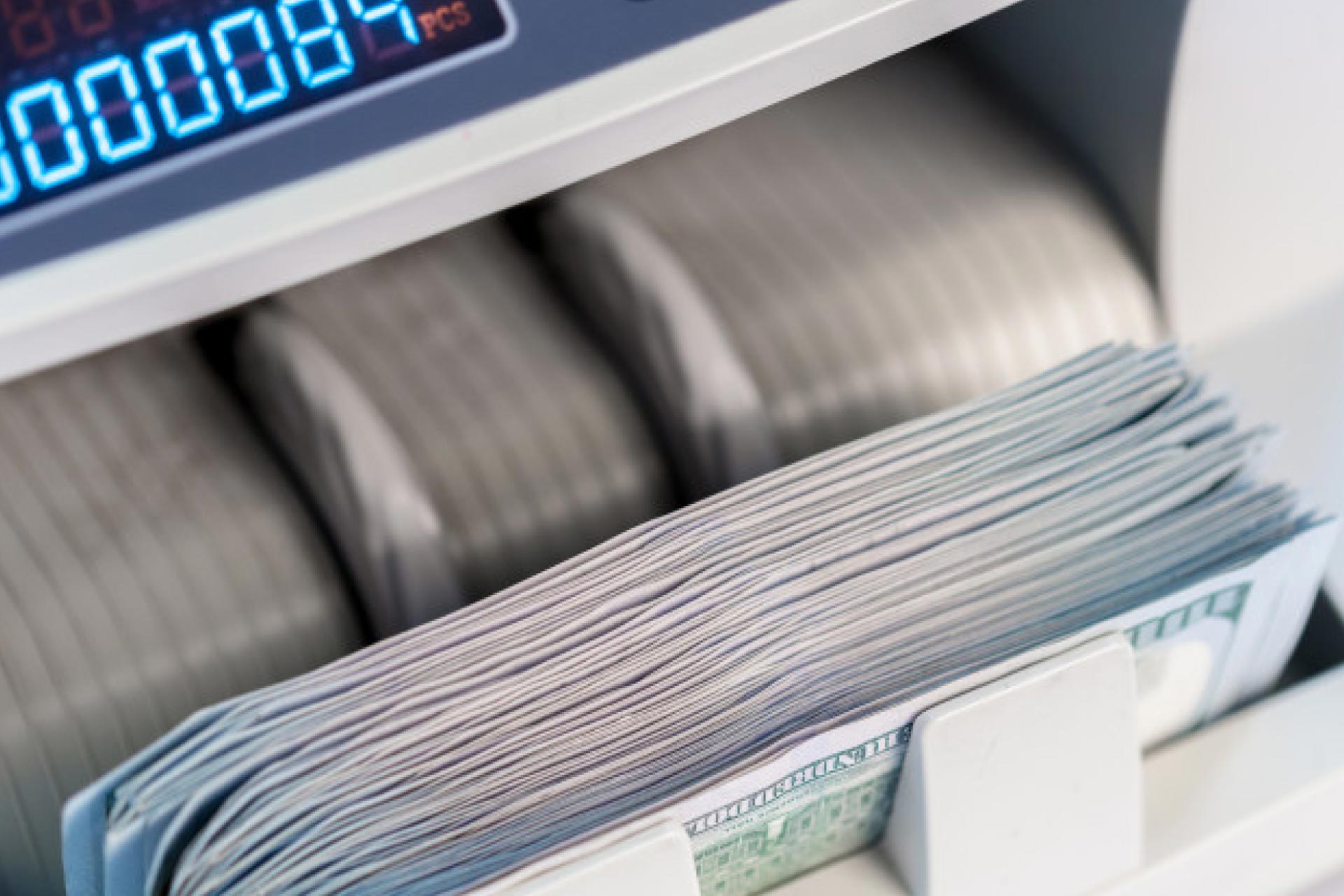
Margin trading lets you open large position sizes using only a fraction of the capital you’d normally need.
This is how you’re able to open $1,250 or $50,000 positions with as little as $25 or $1,000.
You can conduct relatively large transactions with a small amount of initial capital.
Let us explain.
We will be discussing margin in more detail later, but hopefully, you’re able to get the basic idea of how it works.
Listen carefully because this is very important!
- You believe that signals in the market are indicating that the British pound will go up against the U.S. dollar.
- You open one standard lot (100,000 units GBP/USD), buying with the British pound with a 2% margin requirement.
- You wait for the exchange rate to climb.
- When you buy one lot (100,000 units) of GBP/USD at a price of 1.50000, you are buying 100,000 pounds, which is worth $150,000 (100,000 units of GBP * 1.50000).
- Since the margin requirement was 2%, then US$3,000 would be set aside in your account to open up the trade ($150,000 * 2%).
- You now control 100,000 pounds with just $3,000.
- Your predictions come true and you decide to sell. You close the position at 1.50500. You earn about $500.
| Your Actions | GBP | USD |
| You buy 100,000 pounds at the exchange rate of 1.5000 | +100,000 | -150,000 |
| You take a power nap for 20 minutes and the GBP/USD exchange rate rises to 1.5050 and you sell. | -100,000 | +150,500 |
| You have earned a profit of $500. | 0 | +500 |

When you decide to close a position, the deposit (“margin”) that you originally made is returned to you and a calculation of your profits or losses is done.
This profit or loss is then credited to your account.
Let’s review the GBP/USD trade example above.
- GBP/USD went up by a mere half a pence! Not even one pence. It was half a pence!
- But you made $500! ?
- While taking a power nap!
- How? Because you weren’t trading just £1.
- If your position size was £1, yes, you would’ve made only half a pence.
- But…your position size was £100,000 (or $150,000) when you opened the trade.
- What’s neat is that you didn’t have to put up that entire amount.
- All that was required to open the trade was $3,000 in margin.
- $500 profit from $3,000 in capital is a 16.67% return! ??
- In twenty minutes!
- That’s the power of leveraged trading!

A small margin deposit can lead to large losses as well as gains.
It also means that a relatively small movement can lead to a proportionately much larger movement in the size of any loss or profit which can work against you as well as for you.
You could’ve easily LOST $500 in twenty minutes as well.
You wouldn’t have woken up from a nightmare. You would’ve woken up into a nightmare!
High leverage sounds awesome, but it can be deadly.
For example, you open a forex trading account with a small deposit of $1,000. Your broker offers 100:1 leverage so you open a $100,000 EUR/USD position.
A move of just 100 pips will bring your account to $0! A 100-pip move is equivalent to €1! You blew your account with a price move of a single euro. Congrats. ?
When trading on margin, it’s important to be aware that your risk is based on the full value of your position size. You can quickly blow your account if you don’t understand how margin works. We want you to AVOID this. Due to this danger, we dedicate an entire section on how margin trading works, called Margin Trading 101.

Rollover
For positions open at your broker’s “cut-off time” (usually 5:00 pm ET), there is a daily “rollover fee“, also known as a “swap fee” that a trader either pays or earns, depending on the positions you have open.
f you do not want to earn or pay interest on your positions, simply make sure they are all closed before 5:00 pm ET, the established end of the market day.
Since every currency trade involves borrowing one currency to buy another, interest rollover charges are part of forex trading.
Interest is PAID on the currency that is borrowed.
Interest is EARNED on the one that is bought.
If you are buying a currency with a higher interest rate than the one you are borrowing, then the net interest rate differential will be positive (i.e. USD/JPY) and you will earn interest as a result.
Conversely, if the interest rate differential is negative then you will have to pay.
For more information on how a rollover works, check out our Forexpedia page on rollover.
Note that many retail forex brokers do adjust their rollover rates based on different factors (e.g., account leverage, interbank lending rates).

Please check with your broker for more information on their specific rollover rates and crediting/debiting procedures.
Here is a table to help you figure out the interest rate differentials of the major currencies.
Benchmark Interest Rates
| Country | Currency | Interest Rate |
|---|---|---|
| United States | USD | < 0.25% |
| Eurozone | EUR | 0.00% |
| United Kingdom | GBP | 0.10% |
| Japan | JPY | -0.10% |
| Canada | CAD | 0.25% |
| Australia | AUD | 0.25% |
| New Zealand | NZD | 0.25% |
| Switzerland | CHF | -0.75% |
Later on, we’ll teach you all about how you can use interest rate differentials to your advantage.
Here is a table to help you figure out the interest rate differentials of the major currencies.






















